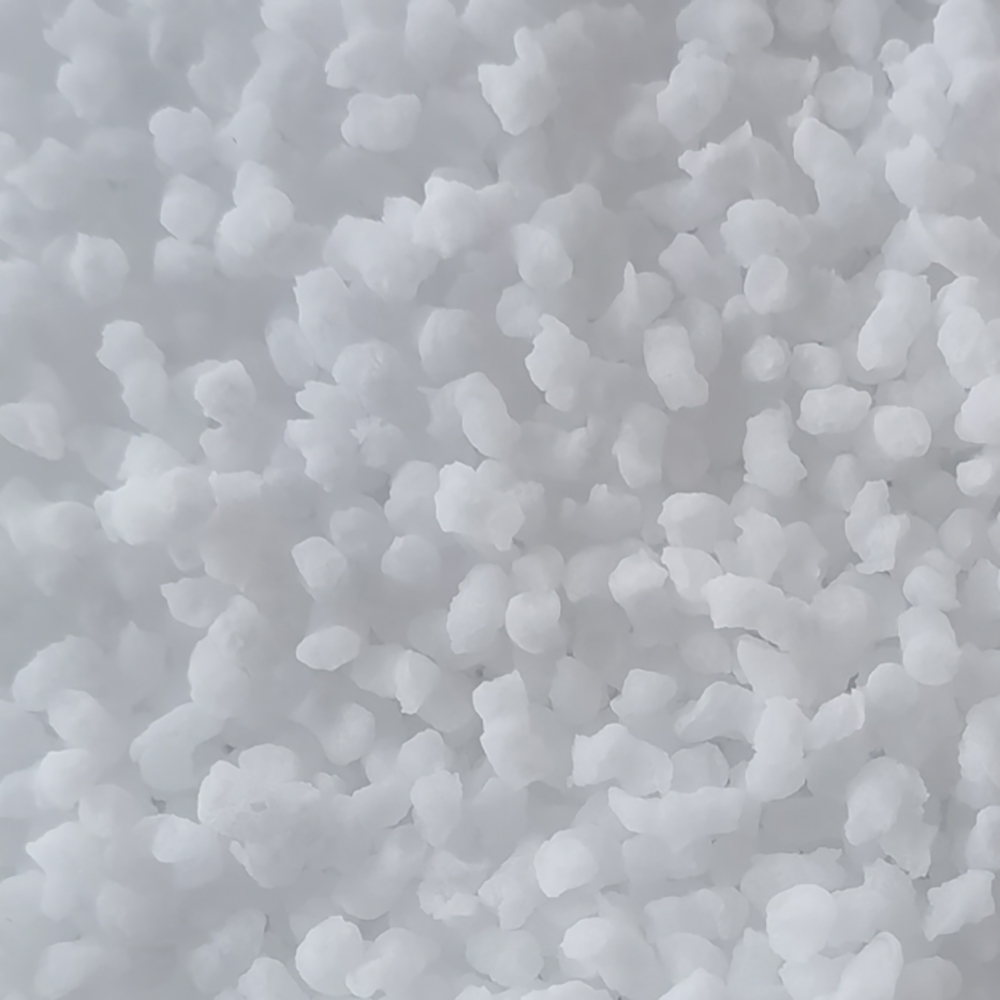
- +8615880211820
- [email protected]
- No.67, Tongan Industry Park, Xiamen
In today’s world, fire safety is paramount, and the manufacturing industry is no exception. To meet the ever-increasing demands for fire-resistant materials, the ABS flame retardant masterbatch has emerged as a crucial innovation. This article delves into the world of ABS flame retardant masterbatch, specifically focusing on its manufacturing process and its pivotal role in enhancing the fire resistance of ABS resins.
ABS flame retardant masterbatch is a result of extensive research and development. It’s formulated by blending environmental halogen-containing flame retardants with an array of high-purity additives. These ingredients are mixed in precise proportions based on a scientific formula. The subsequent mixture is then extruded and granulated to produce white granules, which are easy to incorporate into various ABS resin applications.
The masterbatch is engineered to address the need for inflame retarding ABS resins effectively. Its core ingredient, the environmentally friendly halogen-containing flame retardant, plays a crucial role in rendering ABS materials more fire-resistant. Moreover, the high-purity additives contribute to the overall performance of the masterbatch.
One of the remarkable features of ABS flame retardant masterbatch is its versatility. The dosage of this masterbatch can be tailored to suit different application requirements. Product size, shapes, thickness, and other factors are taken into account when determining the ideal dosage. This flexibility ensures that the flame retardant properties are optimized for specific applications, whether they are large or small, complex or straightforward.
The recommended dosage typically hovers around 20%, which effectively enhances the fire resistance of ABS resins. This allows manufacturers to achieve the desired level of fire protection without compromising other essential material properties.
ABS flame retardant masterbatch stands out with its high flame retardancy content, boasting an impressive ~85%. This means that when integrated into ABS resins, it significantly reduces the material’s flammability. In fact, it is so effective that it meets the rigorous standards of UL 94 V-0 (1.6mm), a classification indicating the highest level of fire resistance.
In an era where environmental consciousness is a top priority, this masterbatch doesn’t fall short. The environmentally friendly halogen-containing flame retardants used are designed to minimize their impact on the environment while maximizing fire safety. This commitment to sustainable practices ensures that both manufacturers and end-users can enjoy peace of mind.
Manufacturers seeking to bolster the fire resistance of their ABS resin products can access these innovative masterbatches through wholesale channels. These bulk purchasing options make it more convenient and cost-effective for businesses to incorporate fire-resistant ABS materials into their production processes.
In conclusion, the ABS flame retardant masterbatch offers a remarkable solution for enhancing the fire resistance of ABS resins. Its unique formulation, adjustability, and impressive fire-retardant properties make it an invaluable tool for various industries where fire safety is paramount. The masterbatch is not only effective but also environmentally conscious, ensuring that businesses can meet their fire safety goals while remaining mindful of ecological concerns. With the availability of wholesale options, this technology is more accessible than ever before, allowing businesses to prioritize safety without breaking the bank.
Our masterbatches find a multitude of applications across diverse industries. Whether in plastics, textiles, or various manufacturing processes, our masterbatches play a pivotal role in enhancing product quality and performance. With customizable formulations, they offer color consistency, UV protection, flame resistance, and more, making them the go-to solution for countless applications. From automotive parts to packaging materials, our masterbatches are the trusted choice for achieving superior results across a wide spectrum of industries.
Our custom masterbatches are designed to match specific polymers, ensuring optimal performance when incorporated into your selected material. We have the capability to produce masterbatches suitable for a variety of polymers mentioned below, and many more. If you’re working with a material that isn’t listed here, please don’t hesitate to reach out to our knowledgeable technical team to explore the possibility of meeting your specific needs.
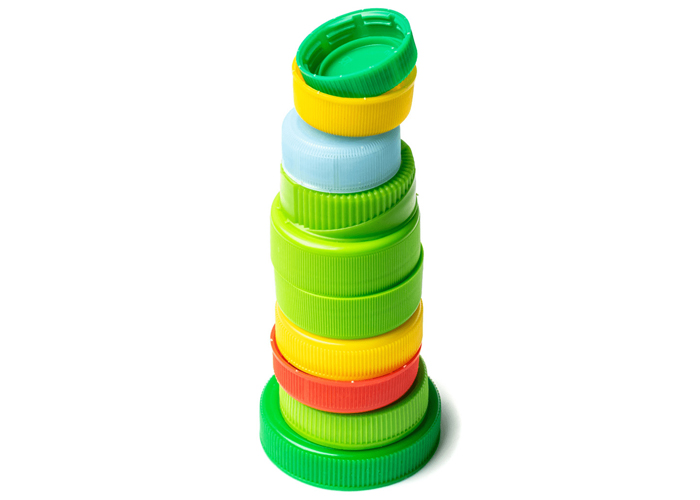
Low Density Polyethylene – Somewhat more translucent than HDPE and considerably more pliable, primarily employed in flexible packaging, tote bags, pliable tubing, film applications, and similar uses. Like HDPE, it has limited transparency characteristics. It exhibits outstanding chemical resistance to alcohols, acids, and alkalis but has restricted resistance to hydrocarbon solvents and mineral oils. Prolonged exposure to UV radiation can initiate degradation.
High-Density Polyethylene – Featuring a somewhat milky-white appearance, this material finds wide application in rigid bottle packaging, injection-molded caps and closures, crates, and more. Its natural opacity can limit the degree of transparency attainable. HDPE exhibits superior chemical and solvent resistance when compared to LDPE.

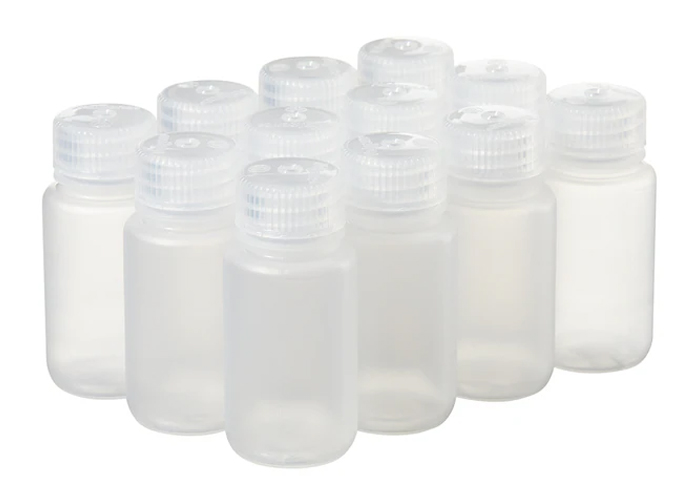
PPCO Random & PPHO – A polymer with moderate clarity, employed in the production of caps and closures. It is also utilized for crafting household items, buckets, toys, and storage containers. Polypropylene offers flexibility without significant limitations on color or special effects. Random copolymer boasts greater clarity compared to homopolymer and is better suited for creating translucent shades.
PPCO Block – Similar to PPCO but enhanced for increased impact resistance. An additive renders the polymer white, resulting in high opacity. This characteristic may limit the achievable transparency.
Polyethylene Terephthalate (PET) – Polyester materials exhibit robust mechanical strength along with excellent chemical resistance and barrier properties. PET is frequently chosen for the production of carbonated beverage containers. Moreover, polyester can be spun and employed in textile manufacturing for clothing. PET is highly transparent, making it an excellent choice for translucent packaging, although a subtle hint of “yellowing” may impact extremely light tints.
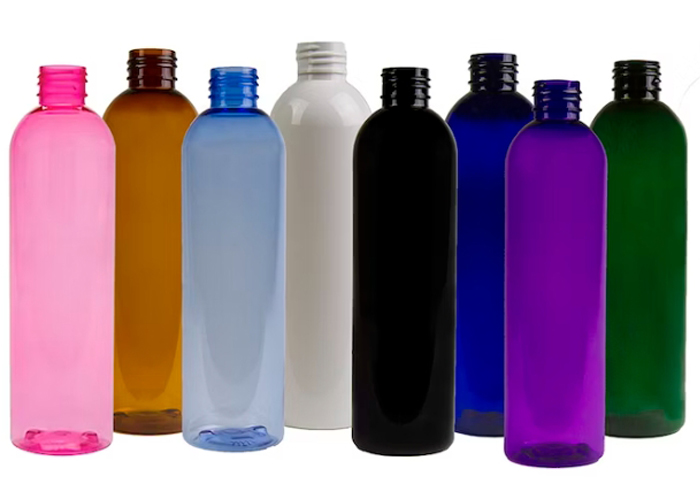
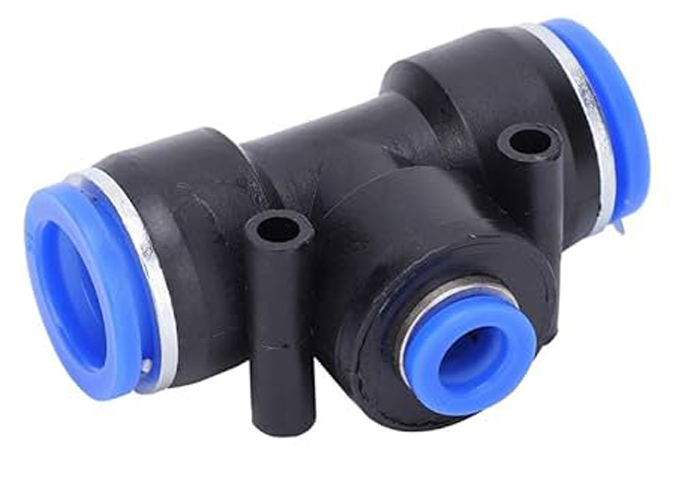
Polybutylene Terephthalate – A crystalline thermoplastic engineering polymer frequently employed as an insulating material within the electronics sector. This substance belongs to the polyester category, showcasing a remarkable equilibrium of attributes and processing qualities.
General Purpose Polystyrene – Exhibiting a glass-clear appearance but possessing minimal impact resistance, this material finds its primary application in CD cases. Its notable clarity renders it suitable for creating translucent hues, although an occasional violet tint may be discernible.

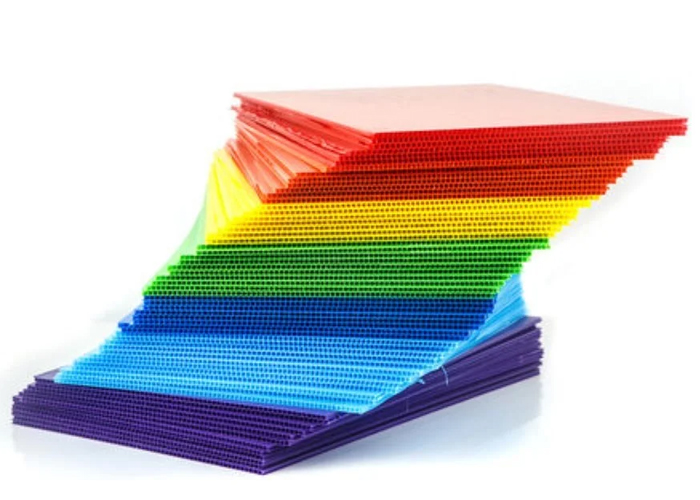
High Impact Polystyrene – Derived from GPPS by incorporating an impact-enhancing agent to boost its resistance to impacts. This added component results in the polymer becoming white, and different formulations provide varying degrees of opacity. Typically employed in the fabrication of game pieces, toys, and similar items. Its pronounced whiteness can pose challenges when aiming for translucent coloration. Specialized alternatives like K-Resin and Styrolux are accessible in the market to attain the same level of translucency as GPPS.
Acrylonitrile Butadiene Styrene (ABS) – A more robust iteration of High Impact Polystyrene (HIPS) employed in high-value components. ABS exhibits greater durability compared to HIPS-made components, although it encounters similar challenges when attempting to achieve translucent colorations. Just like HIPS, ABS offers specialized translucent variants. Owing to its durability, ABS is commonly used in crafting casings for power tools.

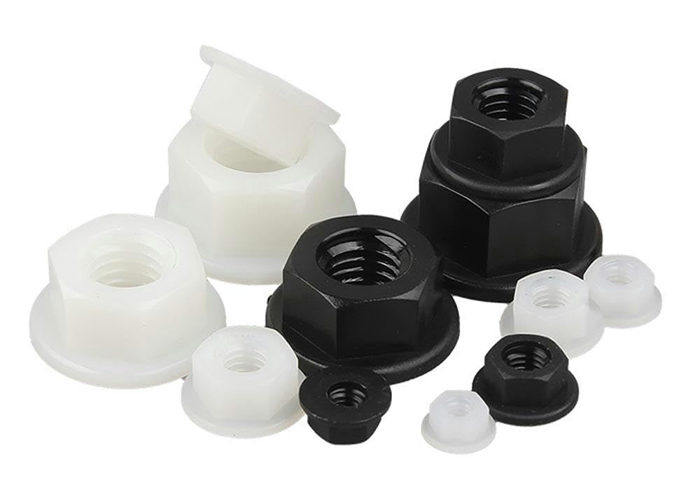
Polyamide (6, 66) – Nylon represents a versatile grade extensively employed in mechanical construction and maintenance. Its popularity stems from its excellent blend of mechanical strength, rigidity, mechanical damping characteristics, and effective electrical insulation capabilities. Consequently, nylon is a preferred material for manufacturing electrical enclosures. PA66 serves as a common alternative to metal across diverse applications, with its chemical and physical attributes closely resembling those of PA6. PA6 exhibits superior impact resistance and resistance to solvents, albeit with a heightened susceptibility to moisture absorption.
Styrene Acrylonitrile Copolymer – Possessing transparency and outstanding chemical and heat resistance, SAN also boasts good rigidity, tensile strength, and flexural strength. Thanks to its high-gloss finish, SAN is commonly chosen for cosmetic packaging purposes. However, achieving light tint colors with SAN can be challenging due to the violet dyestuffs inherent in the material, which are utilized to enhance its visual appearance during manufacturing.
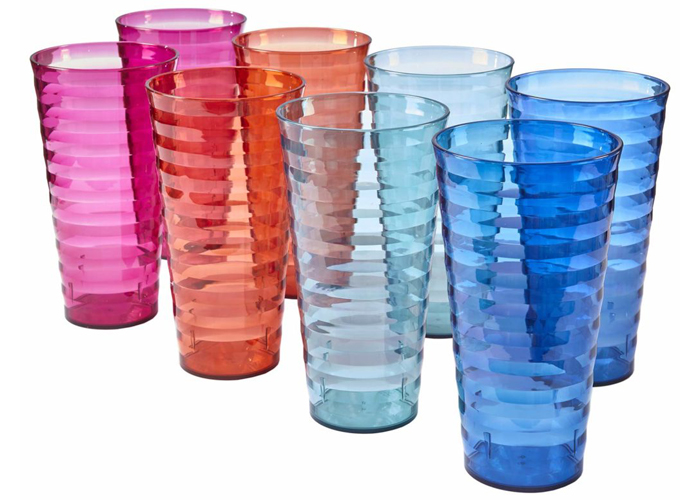
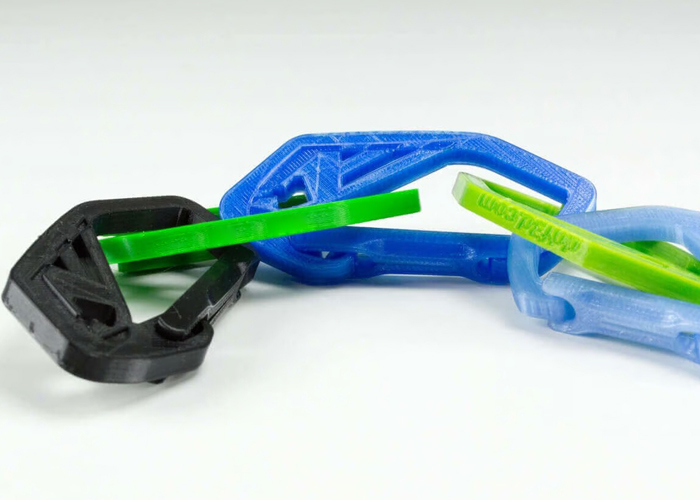
Polyethylene Terephthalate Glycol – PET with the incorporation of glycol. This glycol addition enhances flow properties but diminishes strength. PETG can be extruded to create bottles and can be formed into sheets for producing ‘blister’ style packaging.
Thermoplastic Elastomer (TPE) or Thermoplastic Polyurethane (TPU) – TPU finds diverse uses in applications such as automotive instrument panels, caster wheels, power tools, medical devices, as well as various extruded film, sheet, and profile applications. TPEs are employed across a wide range of applications in industries spanning automotive, medical, construction, electrical, appliances, packaging, and industrial sectors.
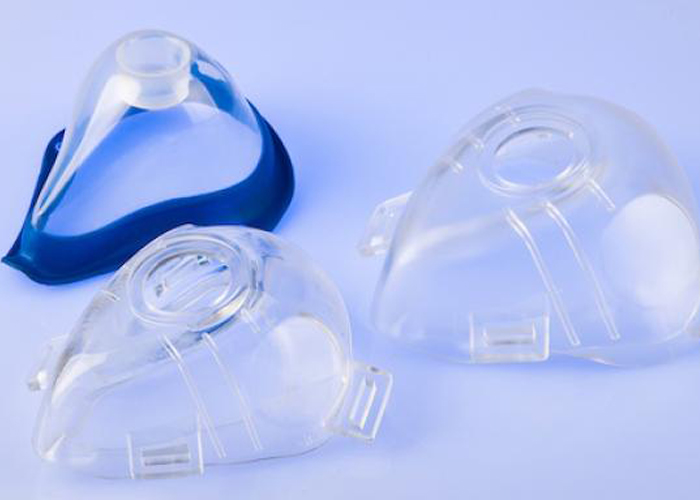
Frequently asked questions about our masterbatch
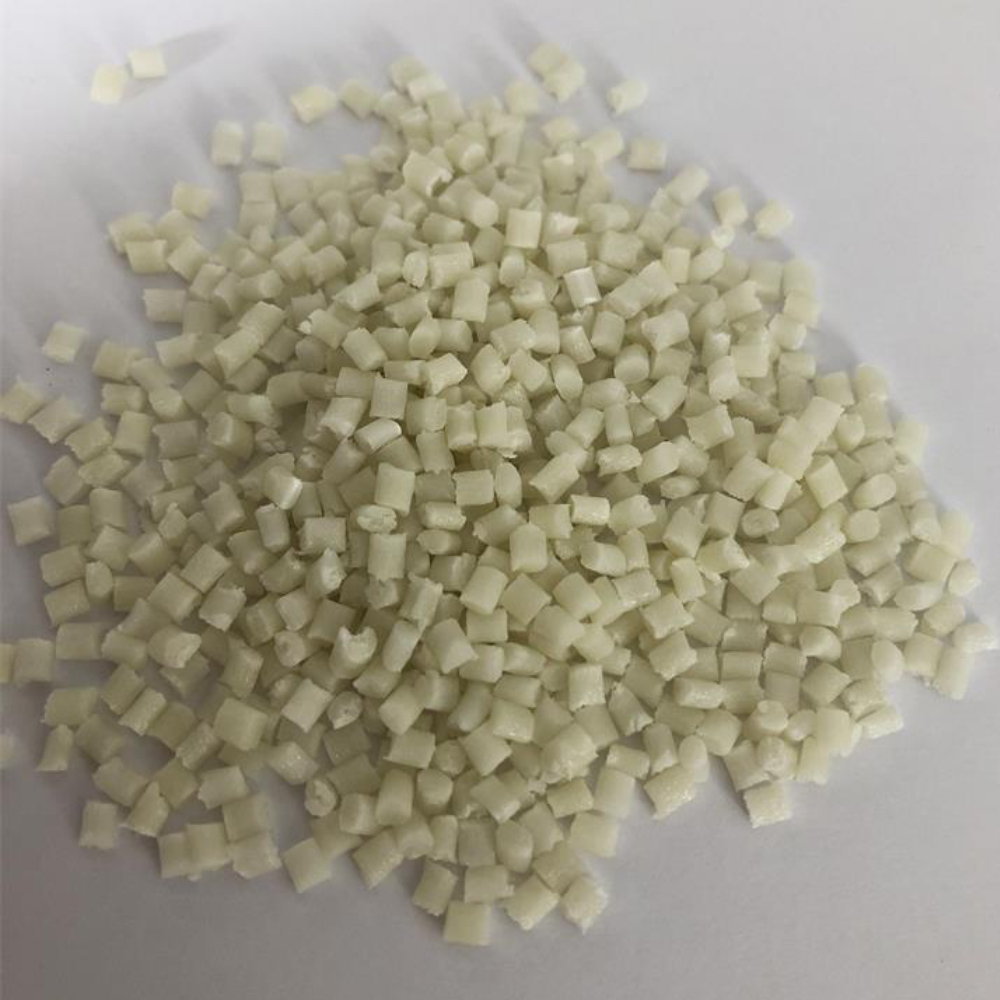
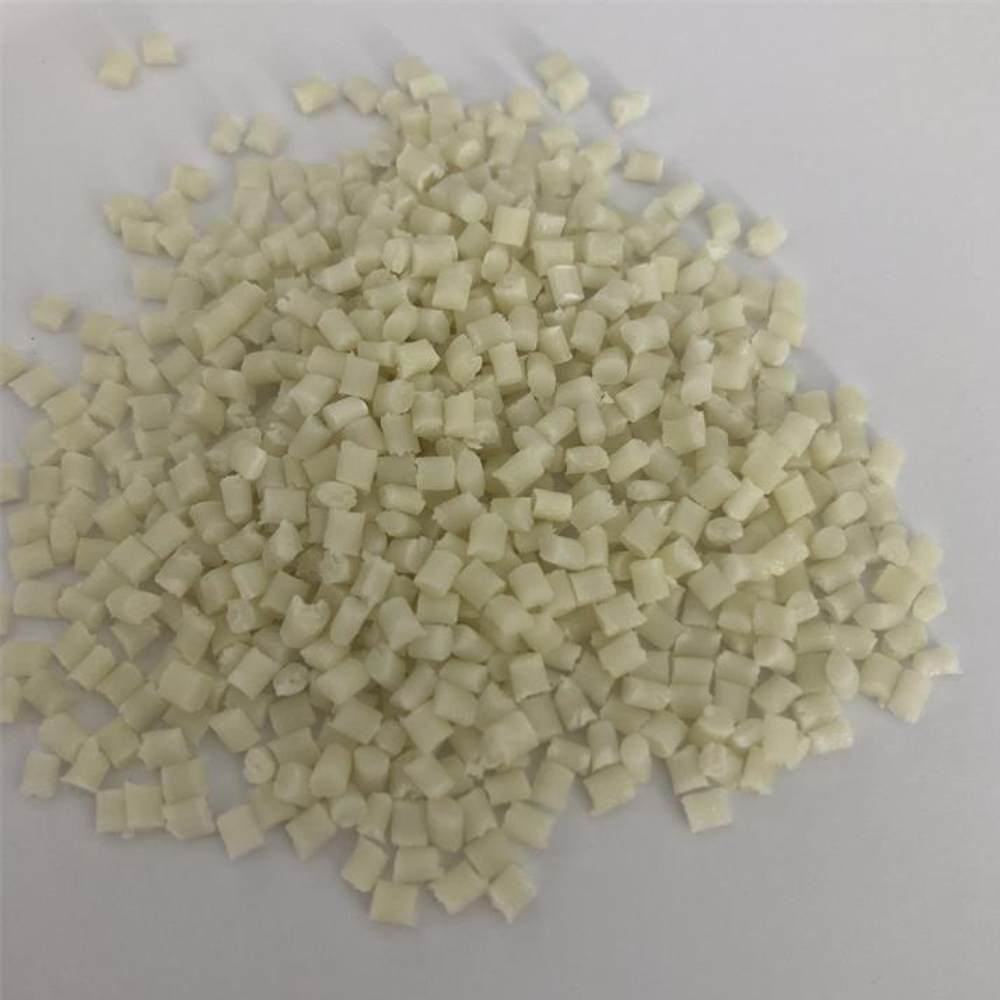
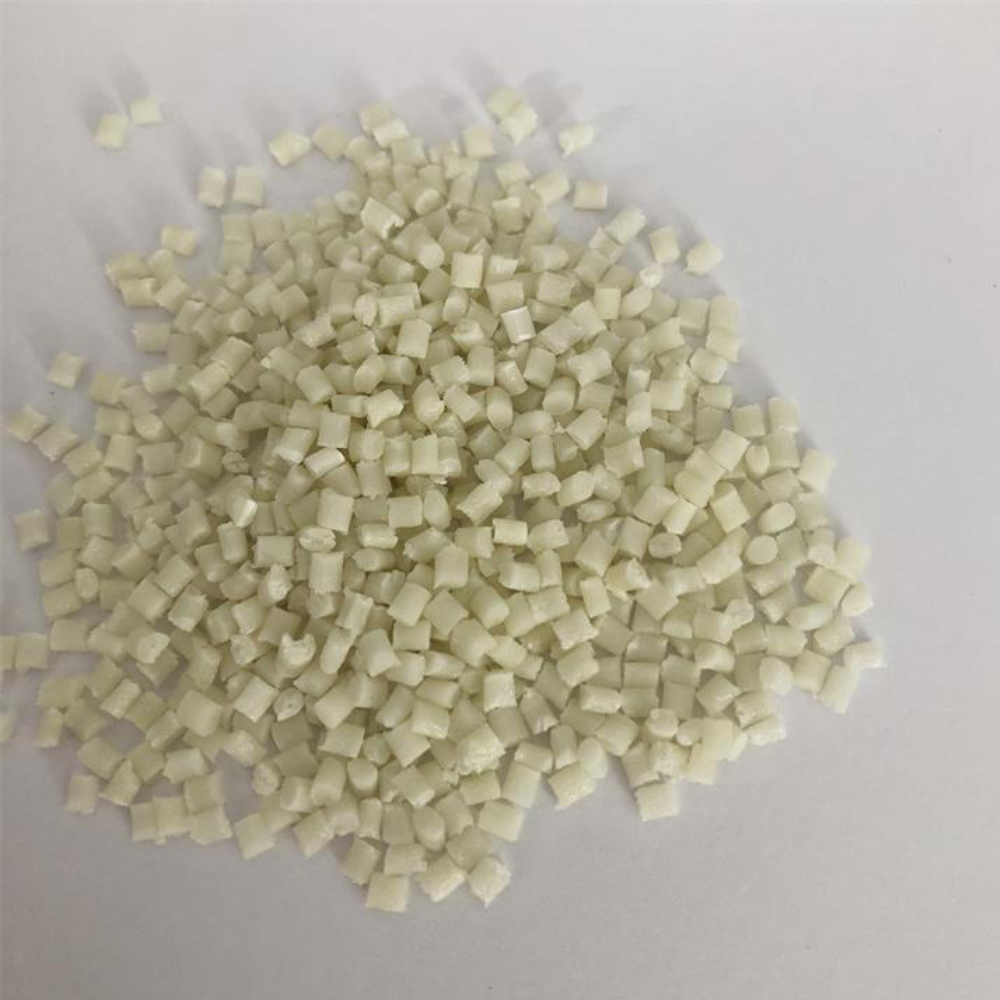
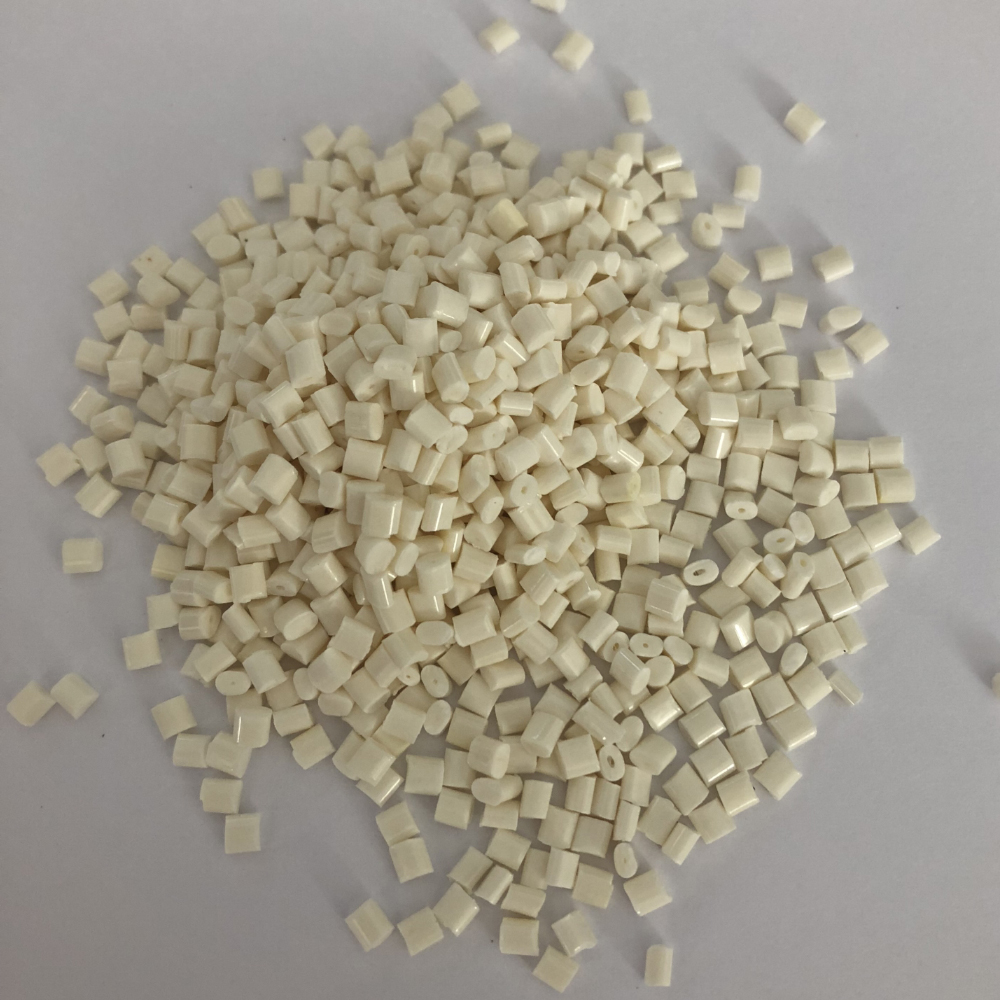
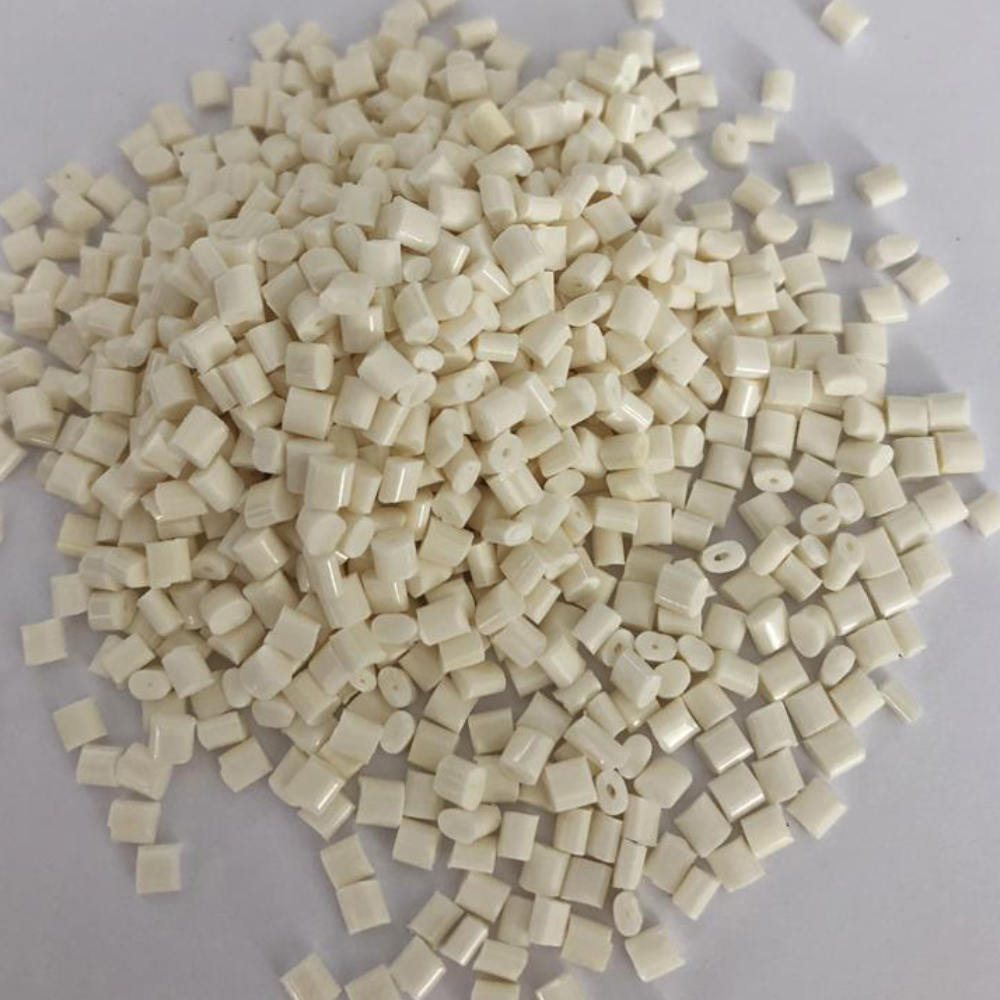
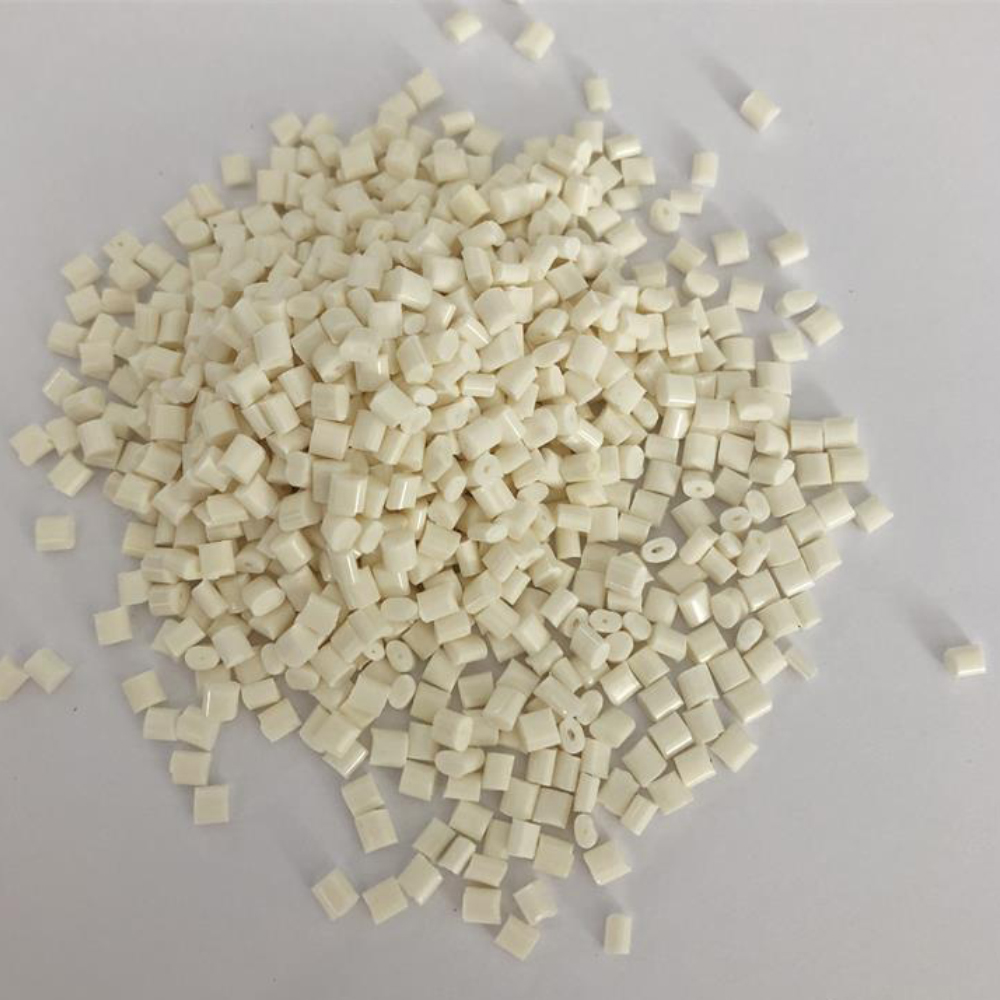
©2023. Masterbatch Manufacturer All Rights Reserved.
Our team will send back the best offer in 20 minutes.